(Last updated Nov 18, 2021)
A question that comes up often by customers and in online forums is how to properly integrate an AIS Transponder with a VHF Radio that supports DSC calling, and may or may not also have an AIS receiver built-in.
How do you make sure you can use features like DSC calling easily without having strange problems with AIS targets on your chartplotter, or nuisance collision alarms? How do you get the maximum benefit from the combination of these technologies? Making these things work properly takes a little research and the right answer depends on the devices you may already have on your boat.
For AIS Receive-only, you really only need one device now. Get yourself a VHF radio that has GPS, DSC, and an AIS Receiver all built-in and you should be good to go. However, transmitting your own vessel information over AIS has safety/security benefits above and beyond what an AIS receiver provides. For AIS Transmit and Receive, you need two pieces, a VHF Radio with DSC built-in plus an AIS Transponder. Since there are VHF Radios with and without AIS, as well as AIS Transponders with and without their own displays, there a number of combinations that you could end up with. However, to minimize the problems, we will show the simplest solutions that still provide all of the functionality you want from the combination of VHF, DSC, and AIS.
For Receive-only AIS, purchase a VHF Radio that has both AIS, and DSC built-in.
For Transmit and Receive AIS, there are three primary combinations that work well enough to recommend. I have categorized them into Good, Better, and Best options.
Full-Function AIS Transponder with dedicated display plus DSC VHF Radio that has no AIS functionality, but supports external DSC call requests
- Pros: Simple to integrate, provides full functionality from the AIS Transponder’s display, including placing DSC calls to an AIS target
- Cons: Can’t initiate a DSC call from the VHF radio, but can be initiated from the AIS display
- AIS Examples: Icom MA500, and MA510; Vesper Vision
- VHF Examples: Icom ic-M330G, ic-M400BB, ic-M424G, and ic-M506 01
Sea-Tech’s Recommended Combinations:
Blackbox Transponder plus VHF Radio that can display AIS targets.
- Pros: Simple to integrate, provides full functionality from the VHF radio’s display (including a remote commandmic), keeps displays to a minimum
- Cons: No AIS receive redundancy (if that was a concern)
- AIS Examples: Vesper XB-8000, XB-6000, and Cortex; Digital Yacht AIT models
- VHF Examples: Icom ic-M506 11, ic-M506 31, ic-M510, and ic-M605 11; Standard Horizon GX2000 and GX2400
Sea-Tech’s Recommended Combinations:
Full-Function AIS Transponder with dedicated display combined plus VHF Radio that can display AIS targets.
- Pros: Simple to integrate, provides full functionality from the AIS Transponder’s display OR the VHF display (including a remote commandmic)
- Cons: More expensive, more potential sources for collision alarms, more cost
- AIS Examples: Icom MA500 and MA510; Vesper Vision
- VHF Examples: Icom ic-M506 11, ic-M506 31, ic-M510, and ic-M605 11; Standard Horizon GX2000 and GX2400
Sea-Tech’s Recommended Combinations:
Note: While all Icom Radios can, Standard Horizon radios cannot receive a DSC call request from an external AIS Transponder or Chartplotter. Because of this limitation I have only listed Standard Horizon radios above in combinations that would actually provide the DSC calling functionality. Further, the GX2000 model does not support NMEA2000 making integration slightly more complex compared to the Icom m506, m510, and m605 radios.
Combinations With Two Receivers: (Not Recommended)
Lastly, you could have a VHF Radio that has its own AIS Receiver in addition to an AIS Transponder. With this combination, you have to mitigate a few issues that result from having two receivers on board.
- The VHF Radios’ AIS Receiver may alarm for collision with your own vessel because it doesn’t have a way to filter out your own MMSI.
- In the Icom m506, m510, and m605 AIS models, for example, there is a menu setting to enter any MMSI’s that should be ignored, such as your own, or your tender (if applicable). There does not appear to be any such functionality in any of the Standard Horizon models, however owners report that if your MMSI is entered into the radio, SH radios like the GX2150 will filter it out automatically.
- Both the VHF Radio and AIS Transponder can send AIS data on to the NMEA bus which could confuse other devices on the vessel (such as a chartplotter).
- This may be able to be mitigated by setting the chartplotter to prefer a specific AIS source on the NMEA network. Some VHF radios also may be able to have their AIS NMEA output disabled.
- Both the VHF Radio and the AIS Transponder may create their own collision alarms which will have to be silenced/managed.
- This may be mitigated by disabling the alarms on one or the other device.
Isolated Transponder?
Another option may be to leave the AIS transponder completely off the NMEA network, so it’s just an isolated/standalone device, and use the AIS receiver in the VHF Radio to feed the chartplotter and other devices. You could even pre-run an NMEA cable to the AIS transponder but leave it detached, so that in the event the VHF AIS receiver fails you could quickly bring the transponder into the network. You would still need the ability for the VHF Radio to ignore your own MMSI to prevent collision alarms.
In any case, having two AIS receivers on board is costlier, and more complicated. I don’t recommend it unless you really have a good reason and will do the research to know how you will mitigate the negative effects with the equipment you choose.
NMEA0183 or NMEA2000?
As far as connecting the systems together, NMEA2000 is preferred now as it’s common on most marine electronics currently on the market. NMEA2000 shares the GPS, DSC, AIS, and all other data between all of the devices on the network that need it without having to worry about special multiplexers like you do with NMEA0183. However, if you are integrating with older equipment that you don’t plan to upgrade, you may need to use NMEA0183 to make it work.
Recommendation:
If you are buying both a VHF radio and an AIS transponder new, then get an NMEA2000 capable VHF Radio that supports AIS but does not have an AIS receiver built-in (Icom M510 with CTM400 Interface, M605 11) and an NMEA2000 AIS Transponder (Icom MA510, Vesper XB6000, XB8000, Vision2, or Cortex). Note that the Standard Horizon GX2000 will work here but does not support NMEA2000, it would need an NMEA0183 hi-speed connection from the AIS Transponder to function properly.
If you are only upgrading one part of the system, then take a look at the combinations above and see where your situation falls. If you need help deciding, email us at [email protected]

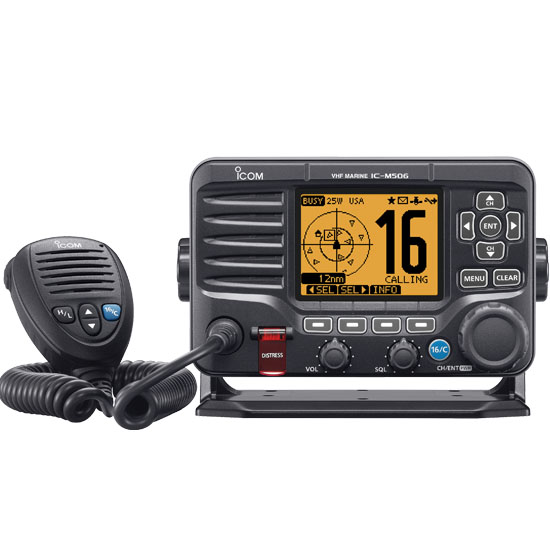
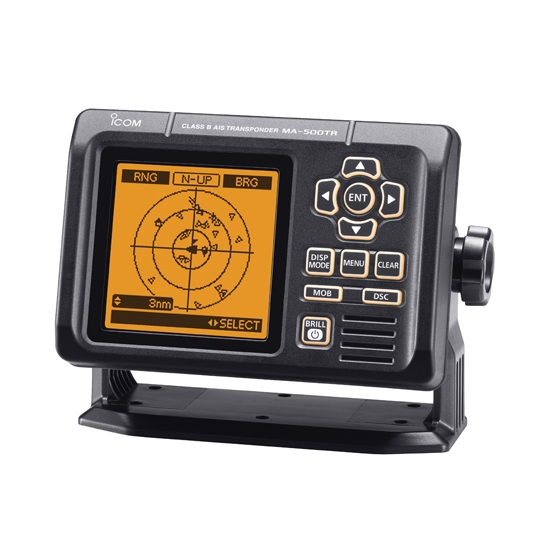
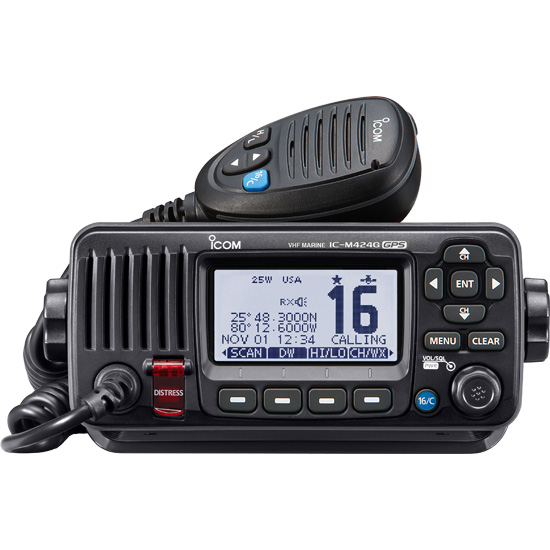
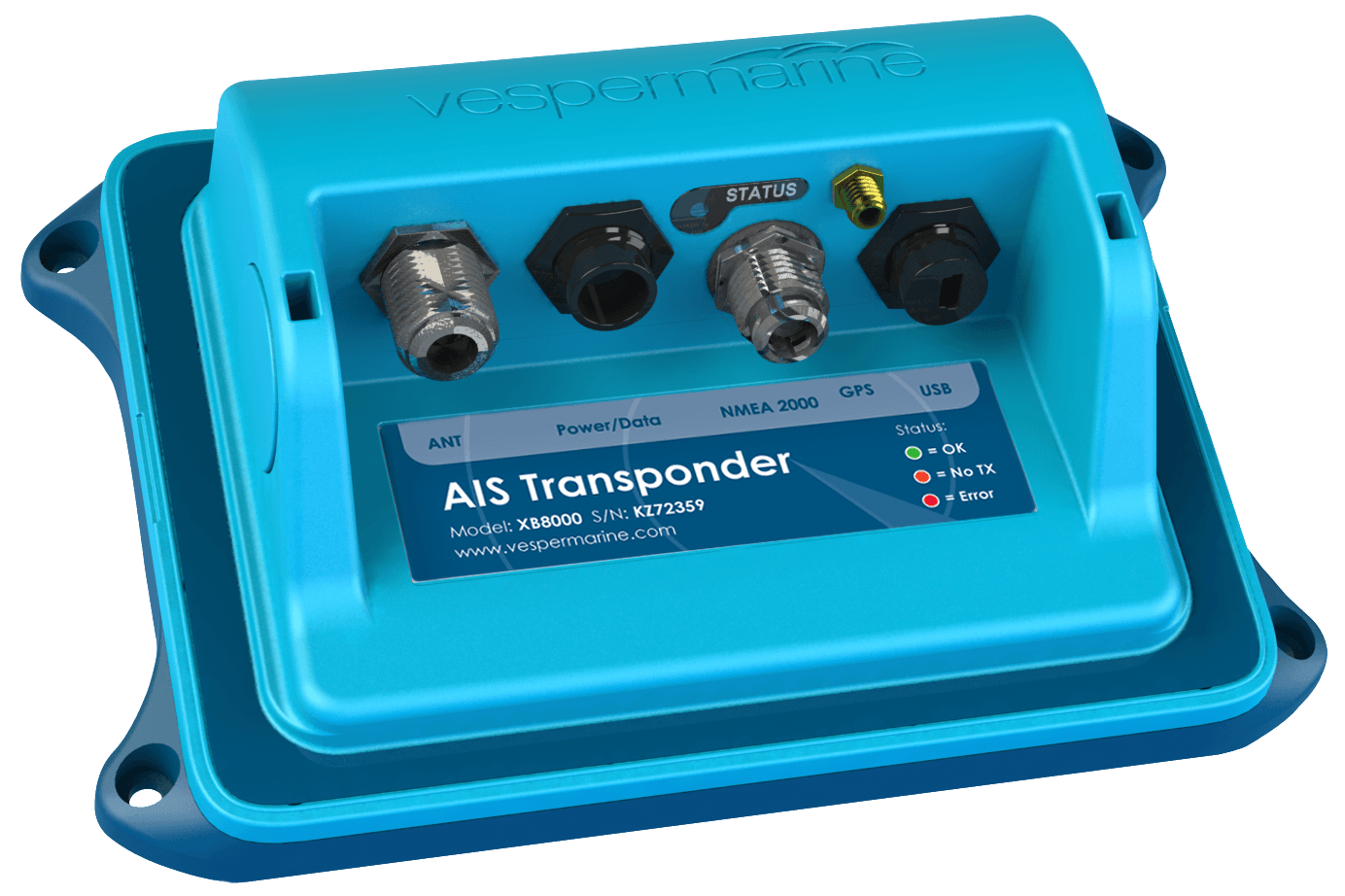
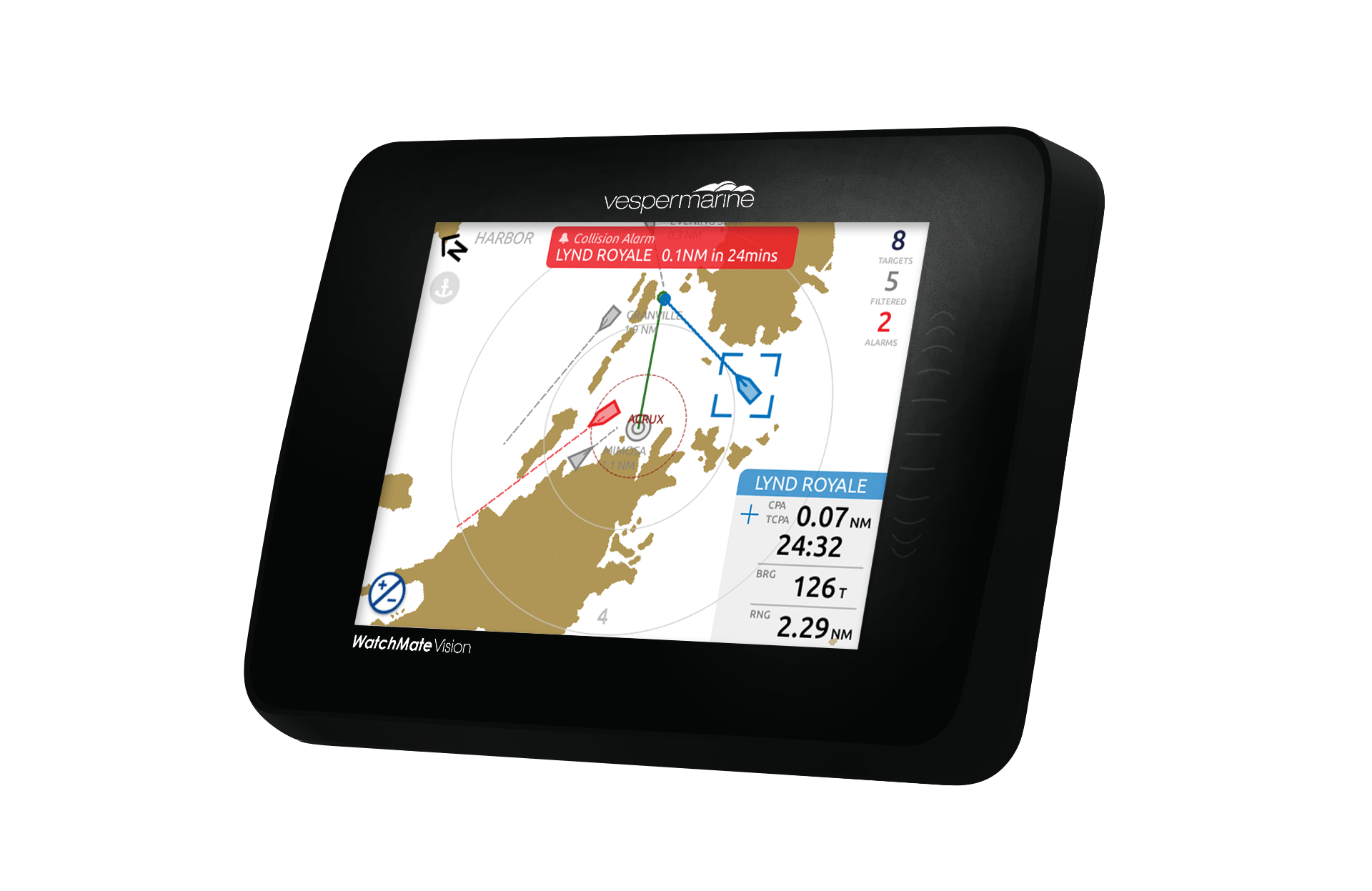
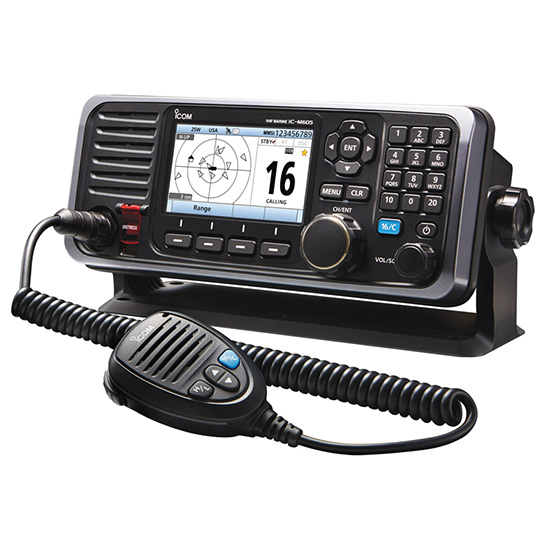
Very informative article. I am planning to upgrade my 2004 Raymarine system over time as funds become available. Technology is changing so fast that older systems may have problems integrating.
Congratulations! Just a question, why not to choose a vhf with rx AIS?
I have an AIS transponder from True Heading with nmea 2000 capability. Last year I bought an ICOM 506 with RX AIS, also with N2K.
For day sailing, I only switch the vhf and got AIS information, which in many occasions is enough.
Best regards
In your section “Combinations With Two Receivers: (Not Recommended)” you suggest that a VHF radio with AIS receiver may “…alarm for collision with your own vessel because it doesn’t have a way to filter out your own MMSI….”
You then state “…In the Icom m506 and m605 AIS models, for example, there is a menu setting to enter any MMSI’s that should be ignored, such as your own, or your tender (if applicable). There does not appear to be any such functionality in any of the Standard Horizon models….”
I have a venerable Standard Horizon GX2150 (with integrated AIS receiver)connected to a masthead antenna and an em-trak B100 AIS transceiver connected to a separate, dedicated AIS antenna. I can confirm that the SH GX2150 does NOT alarm when receiving a broadcast from the em-trak transmitter.
Both units, of course, are programmed with the same MMSI. The Standard Horizon is evidently smart enough to suppress alarming when it receives signals matching its own MMSI.
Moreover, if an AIS transceiver were sharing a single antenna with a VHF/AIS receiver using an antenna splitter, the splitter would suppress VHF reception while the AIS is transmitting, so the VHF/AIS receiver would never “hear” the transmitted AIS signal–and so could not alarm.
Hi John,
Thank you for the comments and for the confirmation that your GX2150 filters out it’s own MMSI. I did hear from another owner that SH told him their radio would ignore the MMSI that was entered into the radio. This is good, and certainly helps with some of the issues. I will note that I scoured the installation and user guides for all of the SH models prior to writing this post and did not find any mention of the MMSI being ignored. In making general recommendations, I have to give advice based on some general information, and sometimes that means that a specific model or combination is left out because it’s not a sure bet.
In any case, having two AIS receivers on the same network can cause issues, though it may not. It’s much easier to recommend people avoid two receivers because I know that will work, where I can’t guarantee other combinations will.
Also, filtering out your own MMSI is a bare minimum in my opinion. I like Icom’s approach of having an ignore list because there may be cases of needing to ignore more than just your own MMSI. For example, larger tenders sometimes have AIS transponders also (more typical with larger yachts) and towing the tender closely could cause some AIS alarms if you can’t ignore the tender’s MMSI in addition to your own. For smaller cruising boats with inflatable or nesting tenders, this is obviously not an issue, but larger yachts often tow AIS equipped tenders.
While I agree in principle that a splitter also possibly mitigates the issue, not everyone uses a splitter, and I am also not entirely convinced it’s 100% foolproof. Signal leakage could theoretically occur.
If I had an NMEA0183 AIS transponder, and I wanted an SH radio, I’d probably go with the GX2000 that displays the AIS data from the AIS transponder, but doesn’t have it’s own AIS receiver built-in. But since the GX2150/2200 models DO ignore their own MMSI, you could certainly go that route.
Another consideration is that two receivers (depending on how they are wired, could be sending duplicate AIVDM messages to an MFD(Chartplotter) over NMEA and I wouldn’t trust every MFD manufacturer to properly handle that. Hopefully they do, but it’s not guaranteed.
Like many recreational boaters, I installed the (NMEA 0183) GX2150 VHF/AIS receiver a few years before purchasing and installing a (NMEA 2000) AIS transmitter/receiver. And while I wholeheartedly agree with you that NMEA 2000 is the way to go, until relatively recently few VHF radios supported NMEA 2000.
Nevertheless, with my MFD I am able to select the source for AIS data–either the PGN coming from the AIS transceiver (preferred) or the 0183 AIS sentences coming from the GX2150 (secondary). I think most modern MFDs support source selection, but older units may not….
The ICOM “ignore list” is interesting, but I’m not convinced of its usefulness or desirability. A large yacht towing a tender with a separate AIS activated is contributing unnecessarily (and selfishly) to AIS “pollution”–much like vessels which thoughtlessly leave their AIS on when moored at a marina.
In congested waterways, it’s hard enough to track AIS targets in motion without having to contend with multiple stationary (or towed) targets which pose no risk of collision. And commercial tugs towing a barge or log-boom transmit only one AIS target, and their payload is much more valuable and poses a much greater risk to other vessels than does a towed tender.
A better strategy to keep track of a towed tender would be to leave the tender’s DSC VHF radio on. If it should become separated from the mothership, its position could be easily determined using a DSC Position Request call.